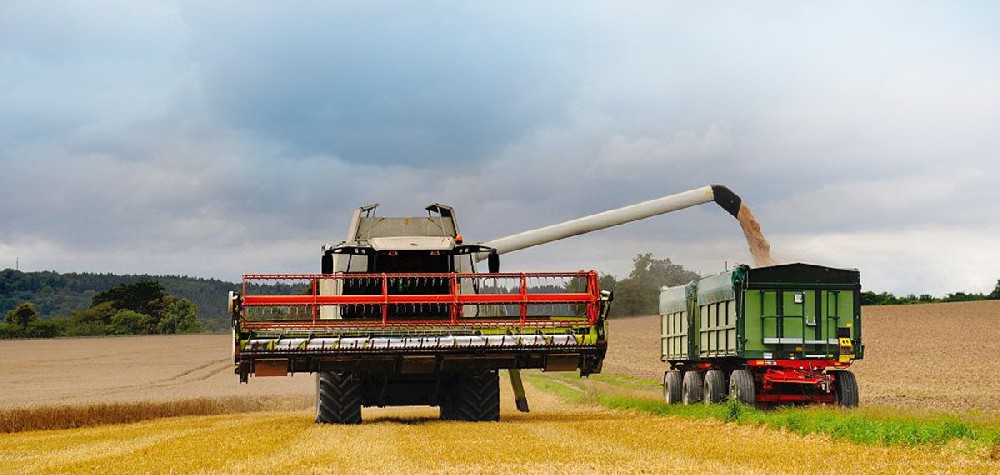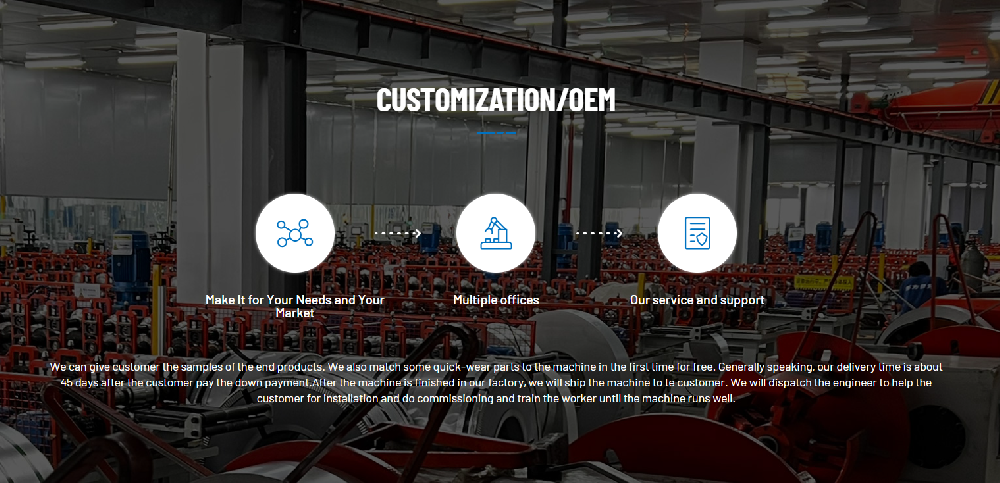Navigation Menu
Contact Us
- Email:
- info@wxavatar.com
- Address:
- Yurong Village, Yuqi Street, Huishan District, Wuxi, China.
Release Date:Aug 17, 2025 Visit:30 Source:Roll Forming Machine Factory
In the competitive door manufacturing industry, precision and reliability in roll forming equipment directly influence production quality and efficiency. Modern door angle roll forming equipment has evolved to meet the growing demand for accuracy, speed, and versatility. For manufacturers considering an investment, here are the key factors to evaluate:

1. Material Compatibility
Your equipment should be capable of processing a range of gauges and materials commonly used in door frames and angles. The flexibility to handle steel, aluminum, or coated substrates ensures adaptability to different customer requirements without frequent machine changes.
2. Forming Precision
Tight tolerances are critical for door angles, as even small inconsistencies can affect assembly and installation. Look for machines that feature advanced tooling, robust stands, and precise roll design to deliver consistently accurate profiles.
3. Automation and Controls
Modern control systems with automated setups, quick-change tooling, and programmable logic controllers (PLC) can significantly reduce downtime. Automation allows for faster changeovers, improved repeatability, and integration with other production processes such as punching or embossing.
4. Production Speed and Efficiency
A well-designed roll former should strike a balance between speed and stability. High-speed lines can increase output, but durability and rigidity are equally important to maintain quality over continuous operation.
5. Integration with Downstream Processes
Many manufacturers benefit from equipment that can seamlessly integrate with punching units, cutoff systems, and automated stacking solutions. This reduces manual handling, improves efficiency, and ensures a streamlined workflow.
6. Durability and Maintenance
Door angle roll forming lines are a long-term investment. Choose equipment built with heavy-duty frames, quality bearings, and wear-resistant tooling. Easy access for maintenance and modular design will further extend machine life and reduce operating costs.
7. Customization Options
Every manufacturing plant has unique requirements. Equipment that can be tailored—whether in tooling design, line layout, or automation level—offers manufacturers the flexibility to meet evolving market demands.

Bottom Line:
When selecting modern door angle roll forming equipment, manufacturers should prioritize precision, automation, material flexibility, and long-term reliability. Investing in the right solution not only ensures higher-quality door components but also optimizes production efficiency and competitiveness.